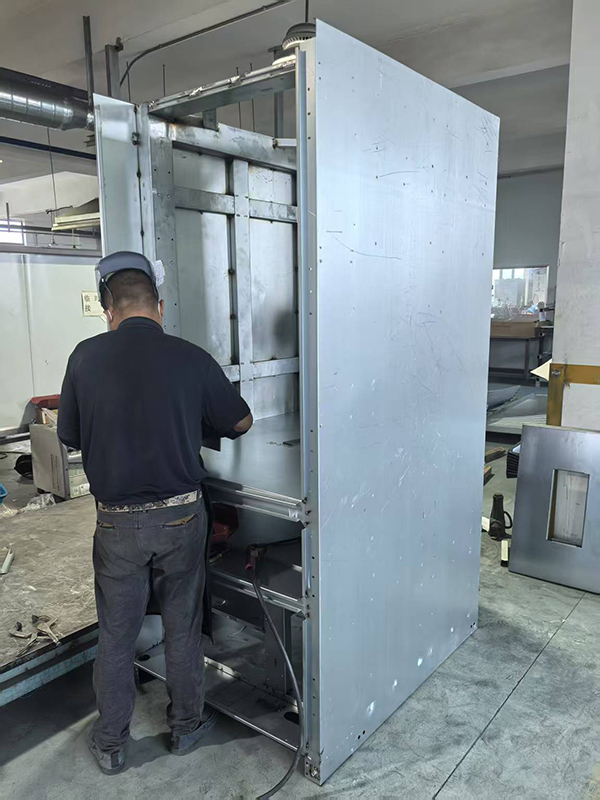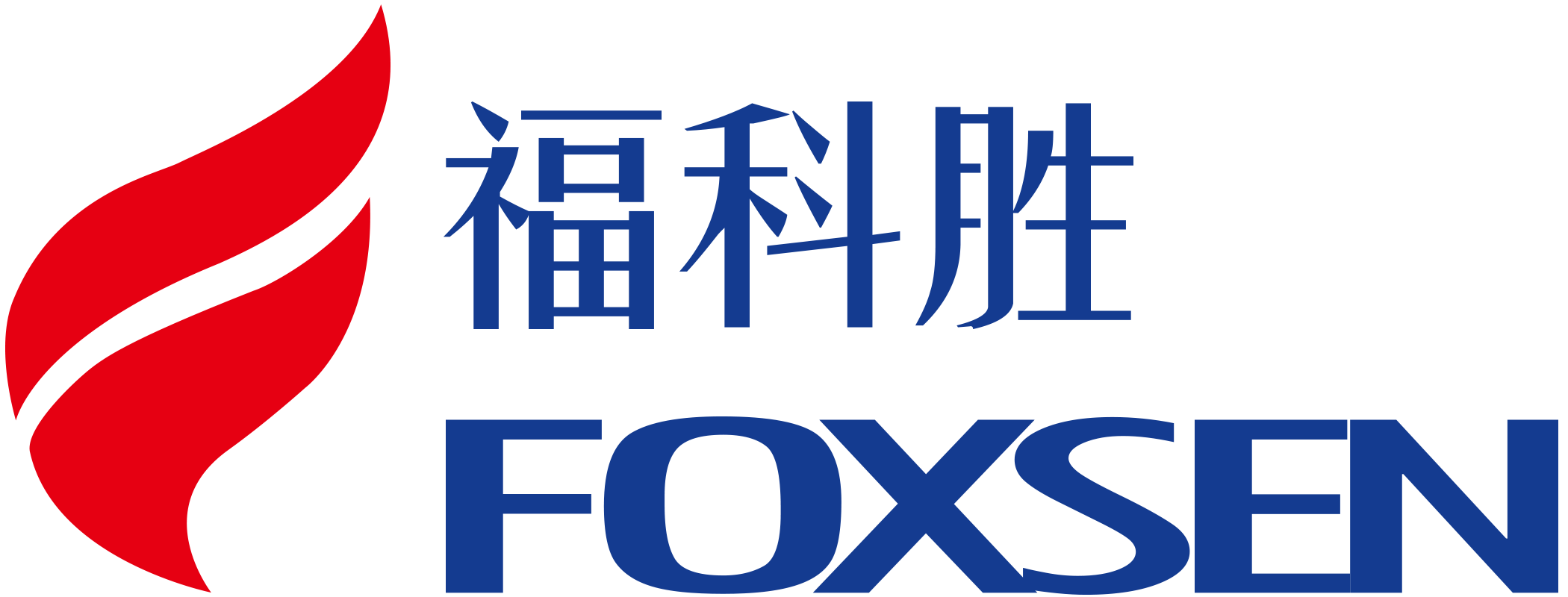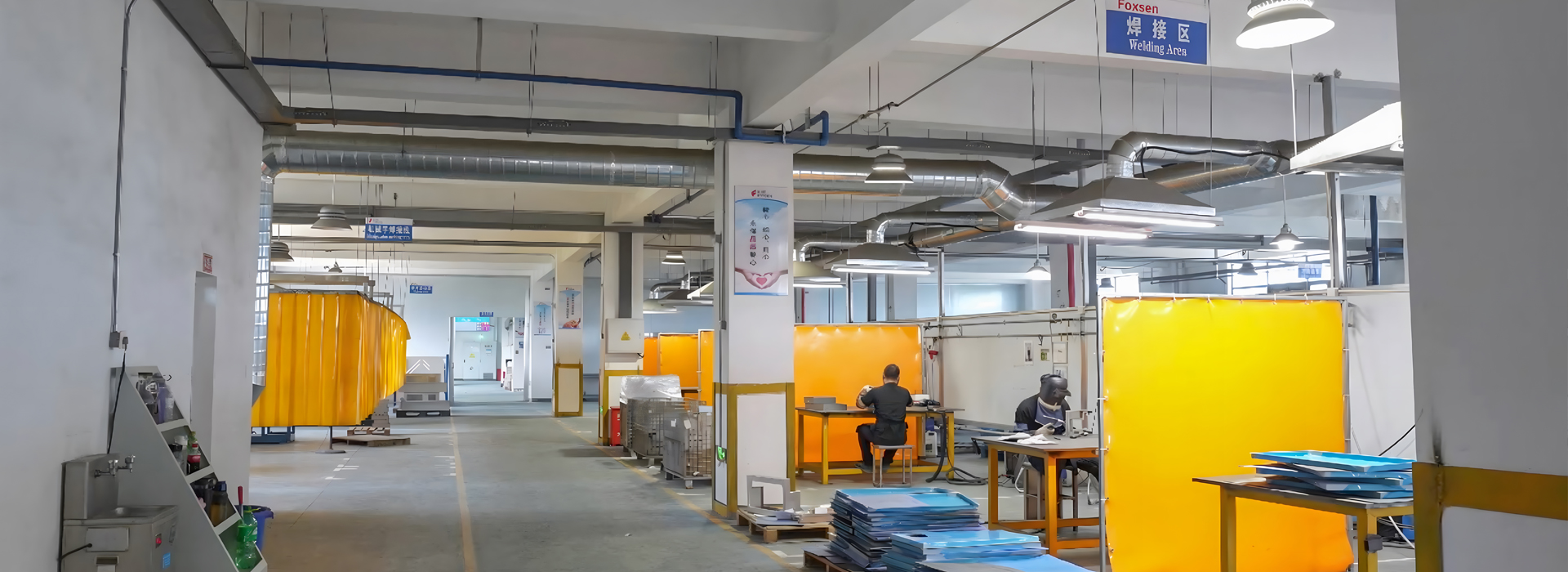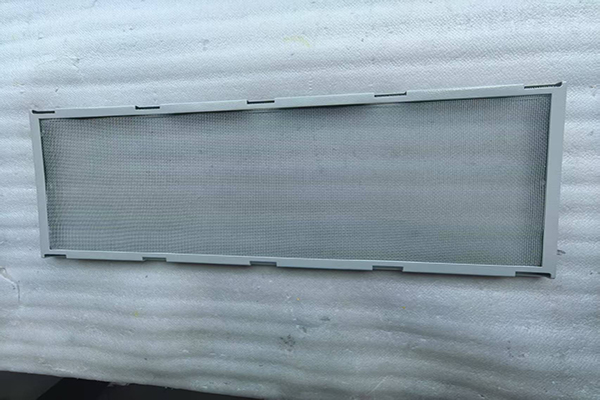Sheet metal laser cutting has transformed how we work with metal.
Utilizing advanced machines, it provides exceptional accuracy and saves time.
Fiber lasers, particularly those in the 2–6 kW range, outperform older tools.
They create clean edges on sheet metal up to 0.75 inches thick.
Specialized systems can even cut metal up to 1 inch thick.
Modern laser cutters are faster, operating 5% quicker than their predecessors.
This technology enhances productivity and simplifies intricate designs.
It adeptly handles complex shapes and tight fits with ease.
Laser cutting delivers consistent results whether for a single item or large quantities.
For precise sheet metal work, sheet metal laser cutting is the optimal choice.
Key Takeaways
Precision laser cutting is very accurate, perfect for detailed designs.
New laser cutters work faster than old ones, saving time.
Automation in laser cutting lowers labor costs and mistakes, ensuring quality.
Laser cutting works with many materials and thicknesses, fitting many industries.
Using laser cutting saves money over time by cutting waste and energy use.
Accuracy in Sheet Metal Laser Cutting
Achieving Tight Tolerances and Intricate Designs
Laser cutting is great for making very accurate cuts. It is the best choice for jobs needing high precision. It can cut with tolerances as small as ±0.1 mm. This means even detailed designs come out perfectly. Clean edges and fine details are easy with laser cutting. Older cutting methods cannot match this level of accuracy.
A study on 5mm thick stainless steel (AISI 304) shows how precise laser cutting is. Experts used special tools to measure burrs and cutting angles. These measurements help check the quality of the cuts. The study found faster cutting speeds keep the kerf width steady. Higher laser power makes the kerf slightly wider. This control lets you adjust the process to fit your needs.
When designing parts, tight tolerances can make costs go up. This happens because it’s harder to achieve such precision. For longer distances, larger tolerances are often better. This is especially true for complex designs.
Tight tolerances cost more due to added complexity.
Larger tolerances work well for long distances in tricky designs.
Fiber laser cutting gives you amazing precision. It also keeps costs low, even for complicated shapes.
Consistency Across High-Volume Production
Laser cutting is very reliable for making many parts. Advanced machines ensure every piece is made to the same high standard. This is important for industries needing identical parts in large numbers.
Laser cutting is becoming more popular worldwide. In 2021, its market value was $18.48 billion. By 2033, it could grow to $132.3 billion. This shows how much industries trust laser cutting for quality results.
Automation makes laser cutting even better. Smart software plans cutting paths to avoid mistakes. Whether making one prototype or thousands of parts, laser cutting ensures top quality every time.
Advantages Over Traditional Cutting Methods
Laser cutting has many benefits compared to older methods. It is faster, more accurate, and works with different materials. Plasma and waterjet cutting cannot match its speed or precision.
Laser cutting is faster and more precise than other methods. It makes smooth edges with little extra work needed. It uses non-contact cutting, so tools don’t wear out. This also keeps materials clean and free from damage.
Choosing laser cutting gives you speed, accuracy, and lower costs. It works with many materials and thicknesses, making it useful for many projects.
Efficiency of Laser Cutting Machines

Faster Production Times with Advanced Technology
Modern laser cutters make work faster and more efficient. They cut materials quickly while keeping high quality. These machines can cut up to 394 inches per minute. This speed helps finish projects much faster. Quick cutting boosts productivity and keeps businesses competitive.
Batch processing makes work even smoother. It groups similar parts together to save setup time. This method helps handle big orders easily. Simplified processes also reduce waste and lower costs. Faster production is possible without losing precision or quality.
Automation for Minimal Downtime
Automation helps laser cutters work better and faster. CNC systems need little human help, reducing mistakes. Smart software plans cuts to avoid wasted movements. This keeps the machine running smoothly and saves time.
Automated machines can work even when no one is around. They help meet tight deadlines and handle big jobs easily. Adding automation to your work keeps things running smoothly. It ensures steady production, no matter how complex the project.
Repeatability for Uniform Results
Laser cutting makes sure every part is the same. It is perfect for making many identical pieces. Industries like aerospace and automotive need this kind of precision. Even small mistakes can cause big problems in these fields.
Non-contact cutting keeps tools from wearing out. It also prevents damage to materials during cutting. Each cut stays accurate, ensuring high-quality results every time.
Laser cutting is a reliable way to work with sheet metal. It combines speed, automation, and accuracy, making it essential for modern manufacturing.
Cost-Effectiveness in Precision Sheet Metal Fabrication
Cutting Labor Costs with Automation
Automation in laser cutting helps save money on labor. CNC laser systems need little human help, making work easier. They give consistent results while reducing the need for workers. By automating tasks, workers can focus on more important jobs. This boosts overall productivity for businesses.
Fiber laser cutting saves even more by using less electricity. It uses only 70% of the power that older lasers need. This energy-saving feature, along with fewer labor needs, lowers costs. For large orders, this means big savings. The upfront cost of laser machines pays off as production grows.
Saving Materials with Smart Layouts
Laser cutting reduces waste by planning cuts carefully. Advanced software creates precise cutting paths. This ensures parts are cut right the first time. Mistakes are rare, and leftover material is minimal.
Smart layouts use materials more efficiently.
Adjustments during cutting improve paths using past data.
Careful planning leaves little waste, saving money.
These features make laser cutting eco-friendly and cost-effective. Using less material saves money and supports greener manufacturing.
Long-Term Savings Over Older Methods
Laser cutting saves more money over time compared to older methods. Its precision and efficiency reduce waste and running costs. Automation also lowers labor expenses. The table below shows why laser cutting is a smart choice:
Laser cutting is accurate and works with many materials. It’s a great choice for saving money in the long run. Its ability to handle different projects ensures quality and efficiency every time.
Versatility of Laser Cutting

Working with Different Materials and Thicknesses
Laser cutting machines can cut many types of materials. This makes them useful for many industries. Fiber lasers are great for thick metals. CO2 lasers work well on plastics and wood. YAG lasers are used for special, precise jobs. New technology allows cutting thicker materials than before. This helps with projects that were once too hard to do.
Knowing each laser's limits is important for good results. For example:
Fiber lasers easily cut reflective metals like aluminum and copper.
CO2 lasers are best for cutting acrylic and other non-metals.
YAG lasers work well when heat damage must be very small.
This flexibility makes laser cutting a dependable choice for different materials and thicknesses.
Creating Complex and Custom Designs
Laser cutting is very precise, making it perfect for detailed designs. It can quickly and accurately create custom parts. CNC laser cutting improves accuracy, even for tricky designs.
If a company doesn’t own laser machines, outsourcing is a smart idea. Small businesses can handle small to medium orders this way. It saves money and ensures high-quality custom parts. Laser cutting also works well for prototypes and short runs. It helps turn ideas into real products quickly and accurately.
Used in Many Industries
Laser cutting is used in many fields. CO2 lasers are great for cutting plastics like acrylic. These plastics absorb laser energy well, making cuts faster and cleaner. This is useful in industries like aerospace, electronics, and car manufacturing. Laser machines can cut metals, plastics, and even wood, showing their versatility.
Laser cutting also reduces waste and prevents material damage. This is important for industries needing high-quality parts. Whether making small electronic pieces or strong machine parts, laser cutting provides reliable and precise results.
Precision laser cutting is the best choice for working with sheet metal. It is very accurate, fast, and flexible, making it essential for modern factories. These machines can cut many materials quickly, up to 20 meters per minute. They are precise to ±0.05 mm and help save up to 30% of materials. Over five years, they can lower costs by 20-30%.
Using laser cutting makes production faster and reduces delays. It also helps the environment by using 50-70% less energy than older CO2 lasers.
Whether you need detailed designs or large orders, laser cutting does the job well. This advanced tool helps businesses work smarter, save money, and reduce waste.
FAQ
What materials can laser cutting machines cut?
Laser cutters can cut metals like steel, aluminum, and copper. They also work on plastics, wood, and acrylic. This makes them useful for many industries.
How accurate are laser cutting machines?
Laser cutters are very accurate, with tolerances as small as ±0.05 mm. They make clean cuts and handle detailed designs easily.
Are laser cutting machines good for large production?
Yes, they are great for big jobs. Automation lowers labor costs, and smart layouts reduce waste. This makes them perfect for producing many parts at once.
Can laser cutting machines make custom designs?
Yes, they are excellent for custom and tricky designs. Their advanced systems ensure accuracy and repeatability for prototypes or special projects.
Which industries use laser cutting machines the most?
Industries like aerospace, automotive, and electronics use them a lot. These machines provide the precision needed for high-quality parts in tough jobs.






